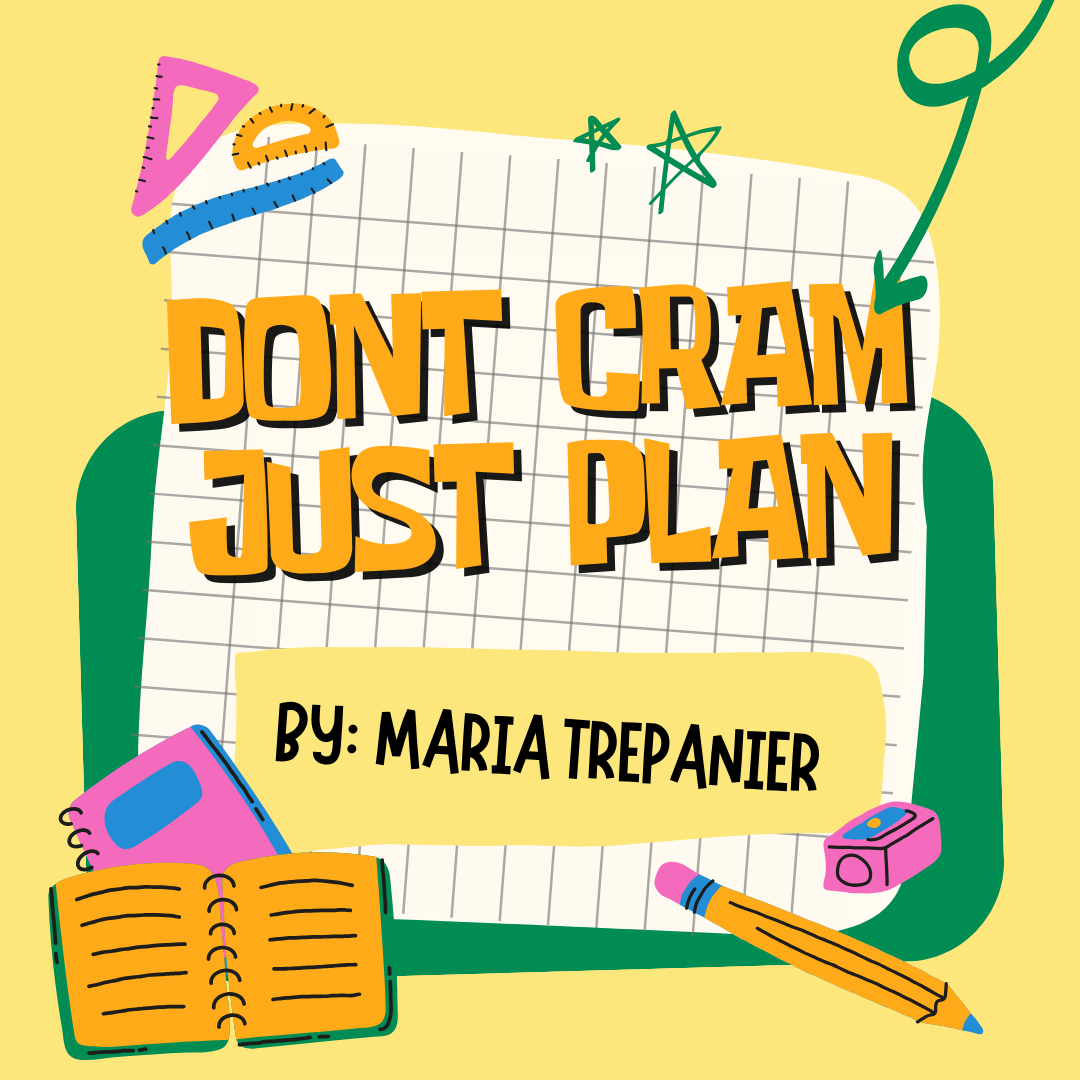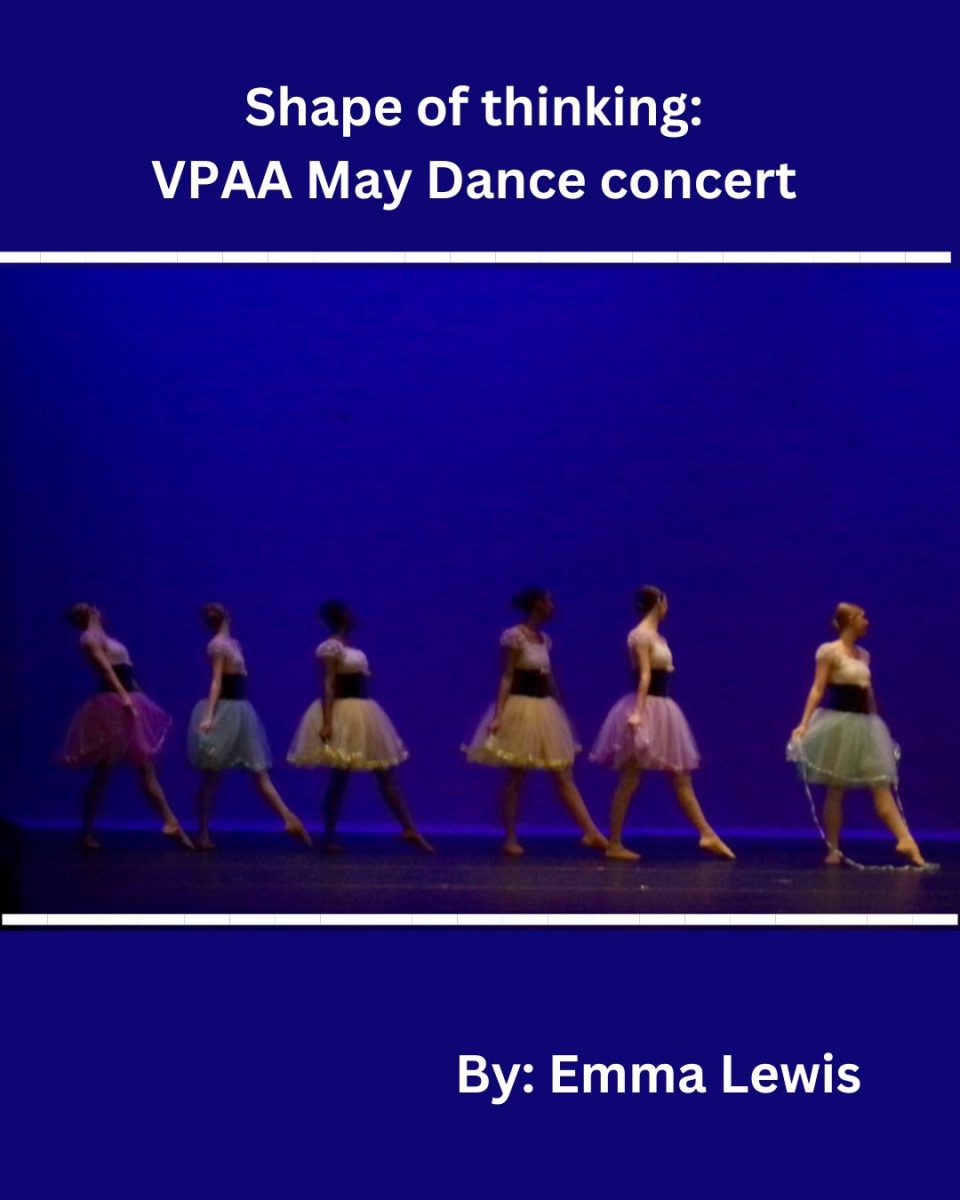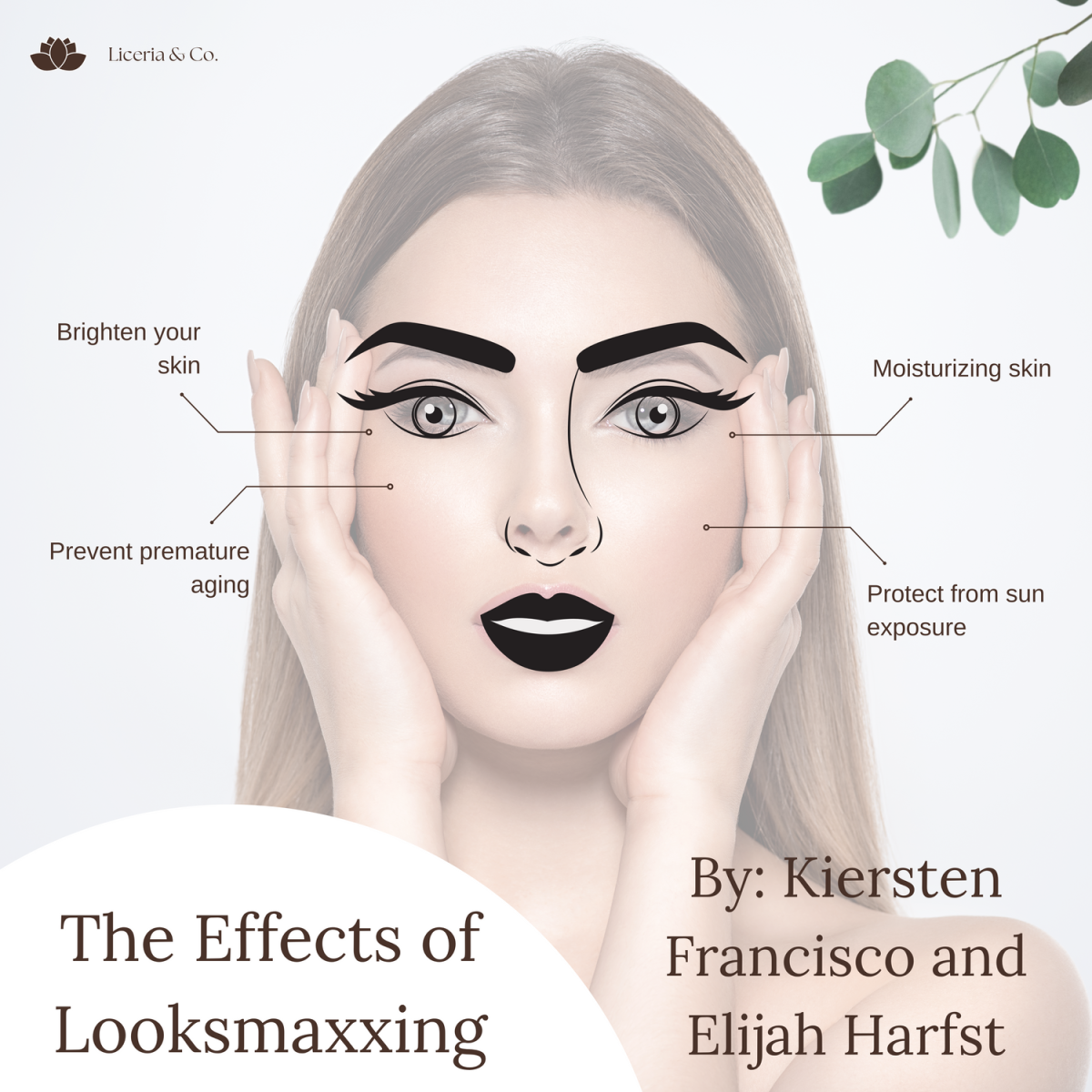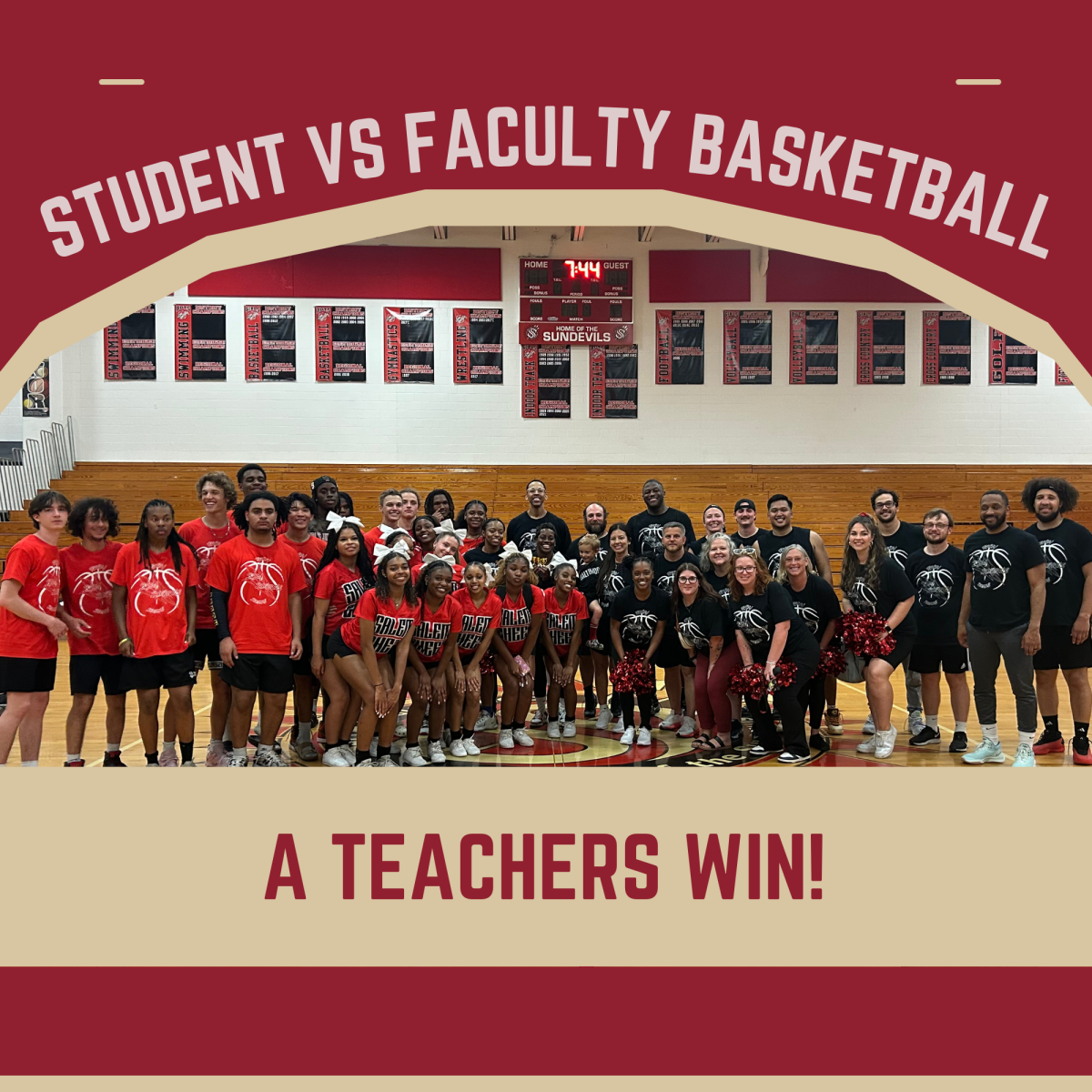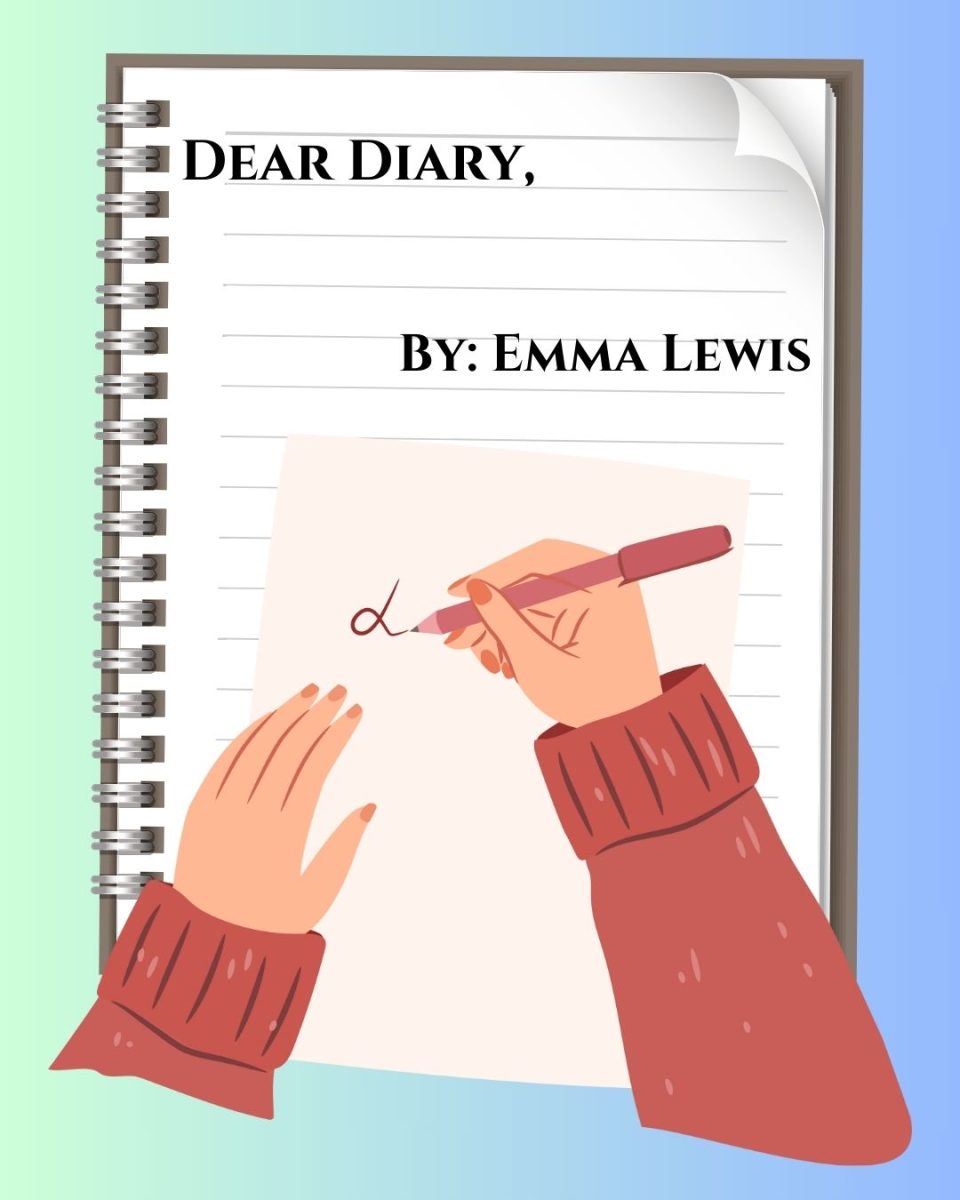Studying can be hard, some might say impossible at times. There are thousands of studying techniques and practices out there, and I wanted to share a few I found to be interesting or unique.
5 unique studying techniques:
The SQR3 method:
This method contains five steps: survey, question, read, recite, and review. It is the information you gain from reading. To survey, you must acknowledge that the information you are reading is important to help the mind engage and concentrate. To question is to help the mind engage in the material being read and concentrate all your energy on the subject. To read, which is the most basic step of this method, is to retain the information seen and recognize what passages may need questions asked. To recite is to remember what is important and to go over it along the way. Last but not least, to review is to mentally build up everything you have read and refresh your memory. This seems like a lot of work and may work best for someone organized and on the more logical side of thinking.
The Feynman technique:
When it comes to the Feynman technique, all you need to start is a subject or topic to learn. Upon learning this new topic, the next step consists of teaching said topic to an audience and if preferred, an imaginary one. The next step involves filling in the gaps of everything you might have missed during your research, and turning your weaknesses into an area of strength. The last step is to think about this subject as a topic you are knowledgeable in and can explain to someone easily, instead of just newly learned information.
The Leitner system:
This studying technique, involves making flashcards, whether paper or electronic, it does not matter. The next step involves making a set schedule to study the material on your flashcards. For example, one day you will study a number of flashcards, another day, the next number of flashcards. The last step, which could be considered the second step, involves making a calendar to organize which days you will study your information. This one seems a lot easier compared to other techniques listed and doesn’t require as much memorization.
Active recall:
There are many ways to practice active recall. Active recall is the process of searching for an answer. For example, if someone asked about your favorite dessert, that would require you to think of an answer and respond. Active recall can work as a studying technique for many people because it has so many ways you can use it. It is simple; for example, you could do flashcards and have someone “recall” your memory by asking the question. Or you could do note-taking and test yourself on your information jotted down. Active recall is just actively remembering information you have learned and processing the answer.
Mind Mapping:
Mind mapping is a technique used to take notes and brainstorm essay topics. The first step involves starting in the middle of a page and recognizing the main idea of the passage you read. From that point, you work your way outward and create a growing diagram of connections and facts from your reading. This technique is essentially used to strategize and brainstorm ideas and facts for students.
Out of all five techniques, I believe that if I were to try them out, I’d most likely prefer mind mapping. For me personally, I need to write down information to retain it. Everyone is different when it comes to soaking in new information whether it may be visual, auditory, kinesthetic, or reading and writing. All that matters is finding the technique that works for you.
